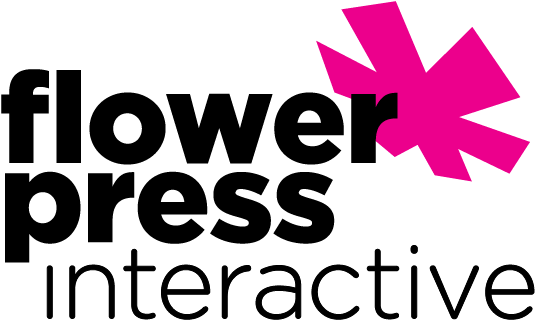Open AI’s ChatGPT has rocked the academic world recently, raising concerns that it will be difficult to distinguish a student’s writing from the human-sounding chat tool. So how will ChatGPT affect content creation and the design process?
First, a bit about how ChatGPT works. OpenAI designed this language model specifically for chat-based interactions. ChatGPT contains information from an enormous amount of books, journals, articles, and websites and has identified patterns in how language is used. When a user inputs a question or message, it generates a response by predicting the next word or phrase based on the conversation so far.
Proponents say that programs like ChatGPT can help the UX design process in multiple ways, from content generation to concept testing. ChatGPT and other chat tools can create text such as FAQs, product descriptions, and error messages, saving resources to focus on more sophisticated content creation. User and concept testing can be more streamlined by being trained to predict the answers that a user might give during an interview and generating user personas. They can also be used to create and run chatbots as a frontline assistant to users on websites and apps. Another intriguing impact of ChatGPT is in the world of web accessibility. Read more in our article How AI can help UX designers create more accessible user experiences.
So what can’t ChatGPT do? We asked, and it answered:
“ChatGPT, like all language models, has limitations and cannot do everything. Here are some of the things that ChatGPT cannot do:
- True understanding: ChatGPT does not have true understanding or consciousness. It generates responses based on patterns it has learned from the training data, but it does not have the ability to comprehend the meaning or context of the input.
- Original thinking: ChatGPT does not have the ability to generate truly original ideas or perspectives, as it is limited by the patterns it has learned from the training data.
- Empathy: ChatGPT does not have emotions and cannot understand or respond to emotions in a human-like way.
- Real-world experiences: ChatGPT does not have real-world experiences, and its responses may be limited by the data it was trained on.
- Consistency across tasks: While ChatGPT has been fine-tuned for specific tasks, it may still make mistakes or generate inappropriate responses if it encounters inputs that are outside of its training data or outside of its fine-tuned task.
Overall, while ChatGPT is a highly advanced language model, it is still limited by the training data it has received and the algorithms that power it. It is not capable of truly human-like understanding or behavior.”
These limitations make emerging AI chat programs useful tools, but ensure they won’t be taking the place of human UX designers any time soon.


